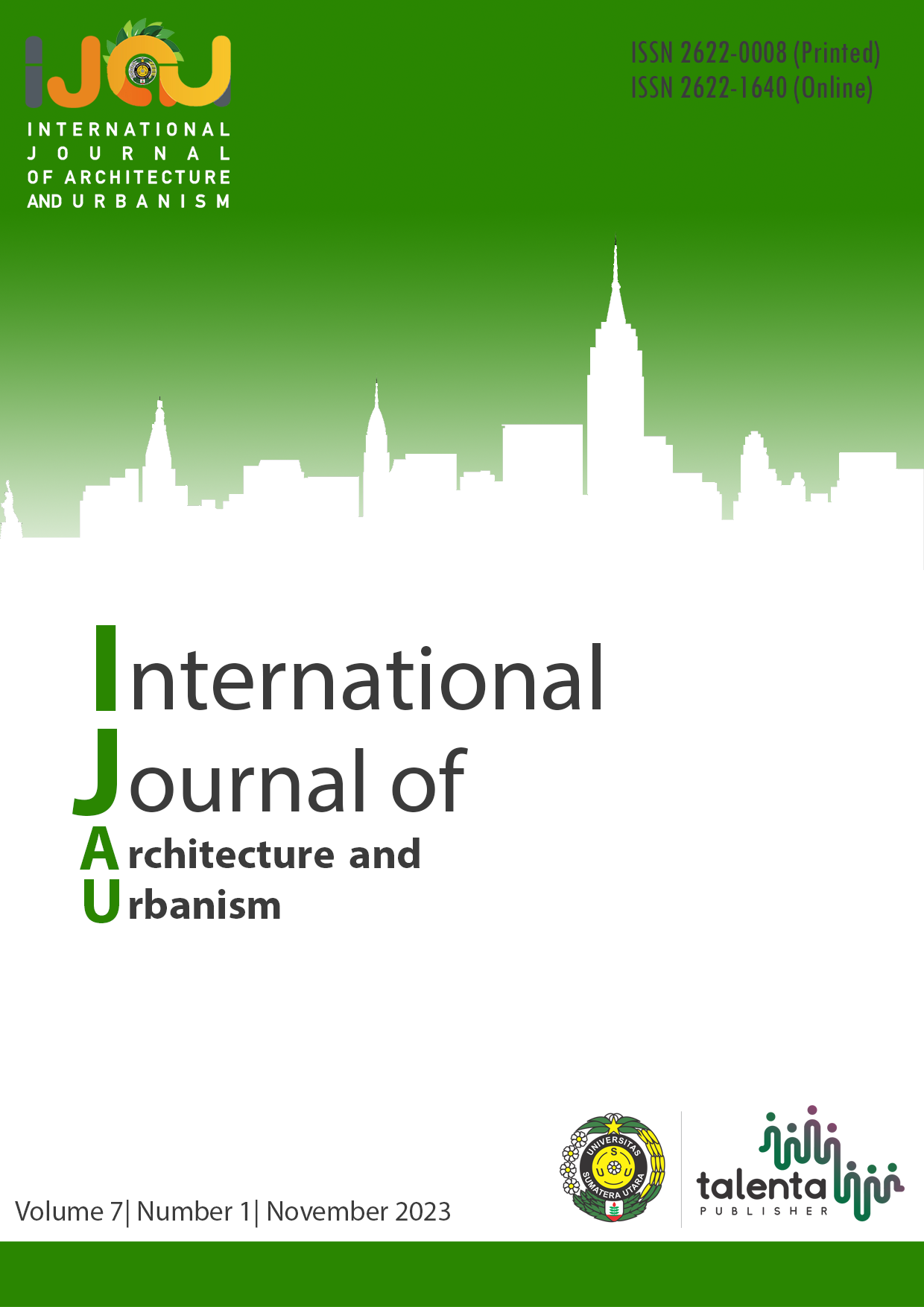Analysis of Earthquake-Resistant Portal Frame Structures with Ordinary Moment Frames (OMF), Intermediate Moment Frames (IMF), and Special Moment Frames (SMF) based on SNI 1726:2019
DOI:
https://doi.org/10.32734/ijau.v7i1.11687Keywords:
modal analysis, LRFD, ASD, stress ratio, deflectionAbstract
Since the 19th century, portal frames have been used to build industrial buildings because the development process is fast, economical, and efficient. This research aims to look at the cross-section of structural elements in BS 5950-1:2000 spans of 15 m and 40 m using SNI 1726:2019 with modal analysis, including horizontal deflection and stress ratio, using LRFD and ASD methods. Then, the structure was revised to be safe against earthquakes researched in three zones, including low (OMF), medium (IMF), and high (SMF) earthquakes. The results of this research show that the horizontal deflection's magnitude still falls within the allowable limit, with the maximum value on Tarutung, the SMF system, and KDS E on a 15-m span of 43.828 mm and a 40-m span of 68.703 mm. However, several of the IMF and SMF systems' cross-sectional structures exceeded the stress ratio capacity. After revision, the percentage ratios of the maximum structural weight using cross-sections on the Indonesian market using two methods and three frame systems with spans of 15 m and 40 m are 16.050% and 17.240%, respectively. The obtained maximum structural weight exceeds the cross-sections of the British standard before revision by 13.935% and 13.187%. It is an SMF system.
Downloads
Downloads
Published
How to Cite
Issue
Section
License
Copyright (c) 2023 International Journal of Architecture and Urbanism

This work is licensed under a Creative Commons Attribution-ShareAlike 4.0 International License.


.png)










